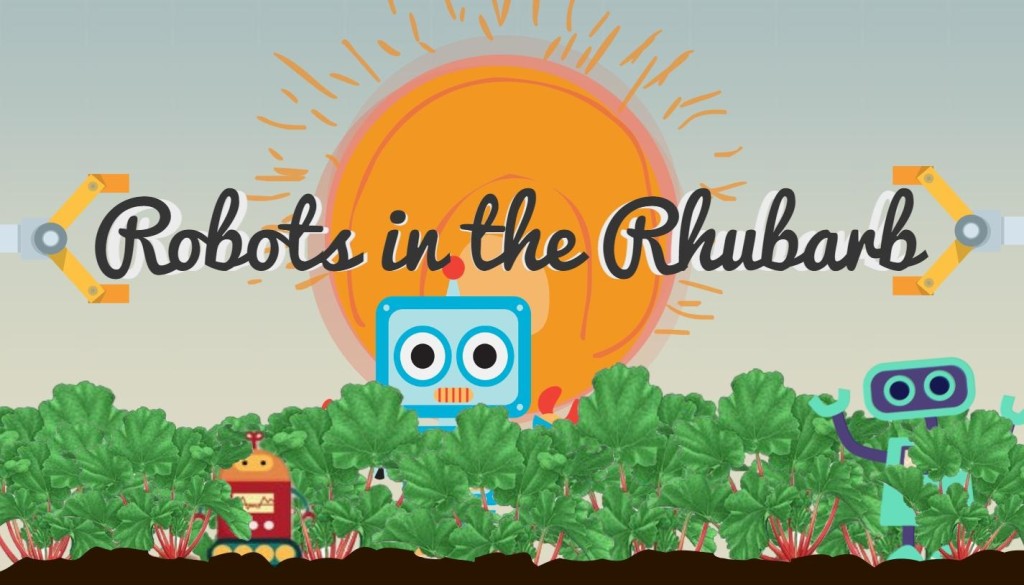
Robots and Technology Innovations are Transforming Farming
Two weeks ago, I was in Melbourne, Australia participating in the Agricultural Bioscience International Conference. It was an excellent conference and I found one topic particularly interesting, the technical advancements in applying autonomous technology to farming.
Did you know that every field in the United States has now been mapped using satellites by the American company Climate Corp.? Field mapping allows for precision farming to become established, reducing pass overlaps to mere inches. Those who utilize this technology will be able to reduce their crop input costs and measure changes in production.
Another American company has developed a different mapping system that is fully automated. The farmer uses the field map to enter seeding coordinates into the tractor’s computer, which programs the entire fields seeding plan. This process is fully automated, the farmer is not required to be in the tractor or even present in the field. To be honest, my first thought was that ‘That won’t work as it is just going to get stuck in the first slough that it comes to’, but as the presentation went on, it became evident that the technology has advanced to such a degree that sloughs and other obstructions are mapped and the tractor navigates around them at a pre-determined distance.
The advancement of technology quickly became apparent when reference was made to the California-based company, Blue River Technology whose commercial lettuce-bot mapping is accurate to a one-quarter of an inch! Why does such accuracy matter? Well after the lettuce seedlings emerge, the lettuce field is thinned using this technology. The bots cameras measure how far the seedlings are apart and quicksprayays seedlings which are too close together, killing them and optimizing the field’s yield potential. For lettuce and other vegetable crops, fields need to be thinned and properly spaced. If two plants are too close, they crowd one another and neither are likely to meet grocer standards, ending up as waste. This new technology maximizes input and energy efficiency so that more produce makes it to market.
Later in the session, a presenter discussed how technologies like these are capable of overlaying data. Harvest data can be overlain with soil sampling data, creating the ability for producers to optimally know where and what to seed in a field. It might be that a field’s maximum yield potential is achieved with three different varieties over one field. The autonomous equipment would be capable of distributiseedseed based on which variety is best suited for the particular circumstances. Additionally, fertilizer data could be incorporated into this so that instead of putting on a standard application of so many pounds per acre, the field could be more efficiently fertilized to match specific needs. This would save farmers money by lowering the amount of fertilizer they would need to apply at seeding time.
How far away is all of this innovation from being standard farming practice? That is not an easy question to answer. Some companies will see value in the technology and include it in their new tractors and other equipment, while other companies will require a greater length of time to be convinced that the technology is capable of delivering what is promised. A few presenters optimistically think that by 2025, just a decade away, this could be a common practice in North American agriculture. While agriculture is one of the final industries to reap the benefits of technological innovations, the pace at which they are being developed and commercialized is truly staggering.

